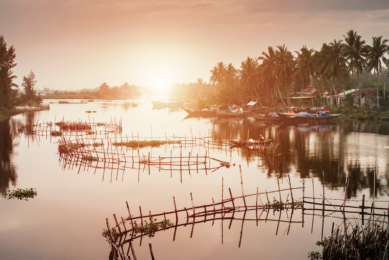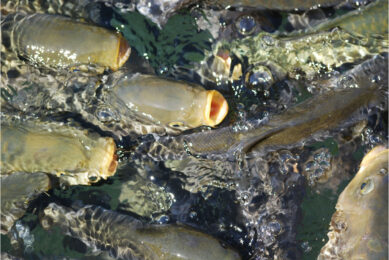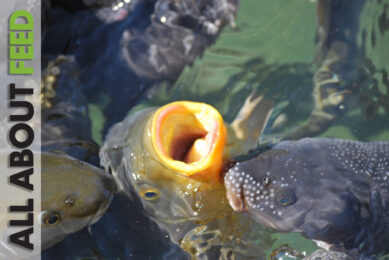Are we sure about this?

I first became involved in commercial aquaculture in 1979. And since then I’ve seen quite a few come, and I’ve seen quite a few go. Those that made it founded their operations in scientific and commercial reality. Those that failed ranged from the well meaning to the out and out aquashysters.
In the early days, especially in the 1980s when the world economy was booming, anyone building a portfolio had to have a representative of the new boom industry in it. It wasn’t just aquaculture, but it was the one I was living in. We hadn’t really come to grips with the key drivers of new industry, and some of the aquaculture adventures of the time seem ludicrous now. But in the main, the species we chose to farm that worked then, we’re still farming now.
The great leap forward came in the 1990s. By accepting that we were, in a fashion, farming chickens under water, we accepted the reality that the road map for the future of aquaculture had already been laid out for us by the mainstream intensive animal protein producers – pig & poultry sectors. It seems ridiculous now, but there was resistance to this, mainly from people who were trying to make aquaculture what they wanted it to be rather than find out what it was and build their business around it.
Why am I telling you all this? Well, one of the key drivers of aquaculture is feed, and the development of species-specific diets designed to complement the gains being achieved from the genetic selection for ‘farmability’ traits in animals that had fundamentally been wild a generation or three ago.
During this industry evolutionary process, which proceeded at a varying pace around the globe, aquaculture became the glamour industry. With annual growth rates of 3.5% it was seen as a licence to print money, and that’s where the aquashysters come into the picture. With the world awash with money from the technology and share market boom – how long ago does that seem now, eh? – it was easy to sell the concept of fish farming. ‘The oceans are running out of fish’; ‘it’s the best source of omega-3’; ‘the burgeoning world population will need to be fed’.
The problem is the burgeoning world farmed fish population will also have to be fed. Which brings us back full circle. Now the new holy grail is to produce a cheap source of protein for aquaculture diets. And on cue, out they come, from the well-meaning saviour of the planet to our old friend the aquashyster. The motivation doesn’t matter that much. The outcome is the same. It all ends in tears.
But it never ceases to amaze me how people with money to invest will hear what they want to hear, and disregard due diligence. Or get so far down the development track from the bottom up before running into stumbling blocks that they would have identified if they’d done their research from the top down and established the market up-take and the commercial value of their product.
Some of those stumbling blocks would be obvious to the readership of a blog appearing in All About Feed, but would be a forehead slapping revelation to the average punter. Little things like the cost of dehydrating the cheaply produced phytoplankton and zooplankton so it can be incorporated in conventional dry extrusion diets. Or the commercial value of their product based on its protein profile falling well short of the cost of production. Or the inclusion rate based on the digestibility of the key elements in the product relegating the new product to a minor ingredient based on its cheapness. Well meaning, but misdirected research? Everyone’s entitled to the benefit of the doubt. Investors should keep in mind the underwritting principle of caveat emptor.
One project that recently came up on the radar was the scheme, if I got the gist of the press release correctly, (Maggots are the next protein in feed alternative)to raise maggots to replace fishmeal using waste animal blood as the food source. It seemed a bit too easy, and it was actually something my colleague Bill Wiadrowski had raised with me before. The reality is that blood meal is far from being a waste product, and has an intrinsic value of its own – around 70-80% of the fishmeal price. That knocks out the low cost of production element. A well-meaning mistake in calculation? When a scientist associated with the project comes out with comments like – ‘We’ve done the proof of concept with the protein source where we’ve tested toxicity, meat quality… we actually have an (animal feed) product which is better than what we currently have’, and ‘Our fish sources are not renewable … But this is much cheaper than fishmeal in the end, it is better protein source because it is healthier with no anti-nutrients’ – you start to wonder.











